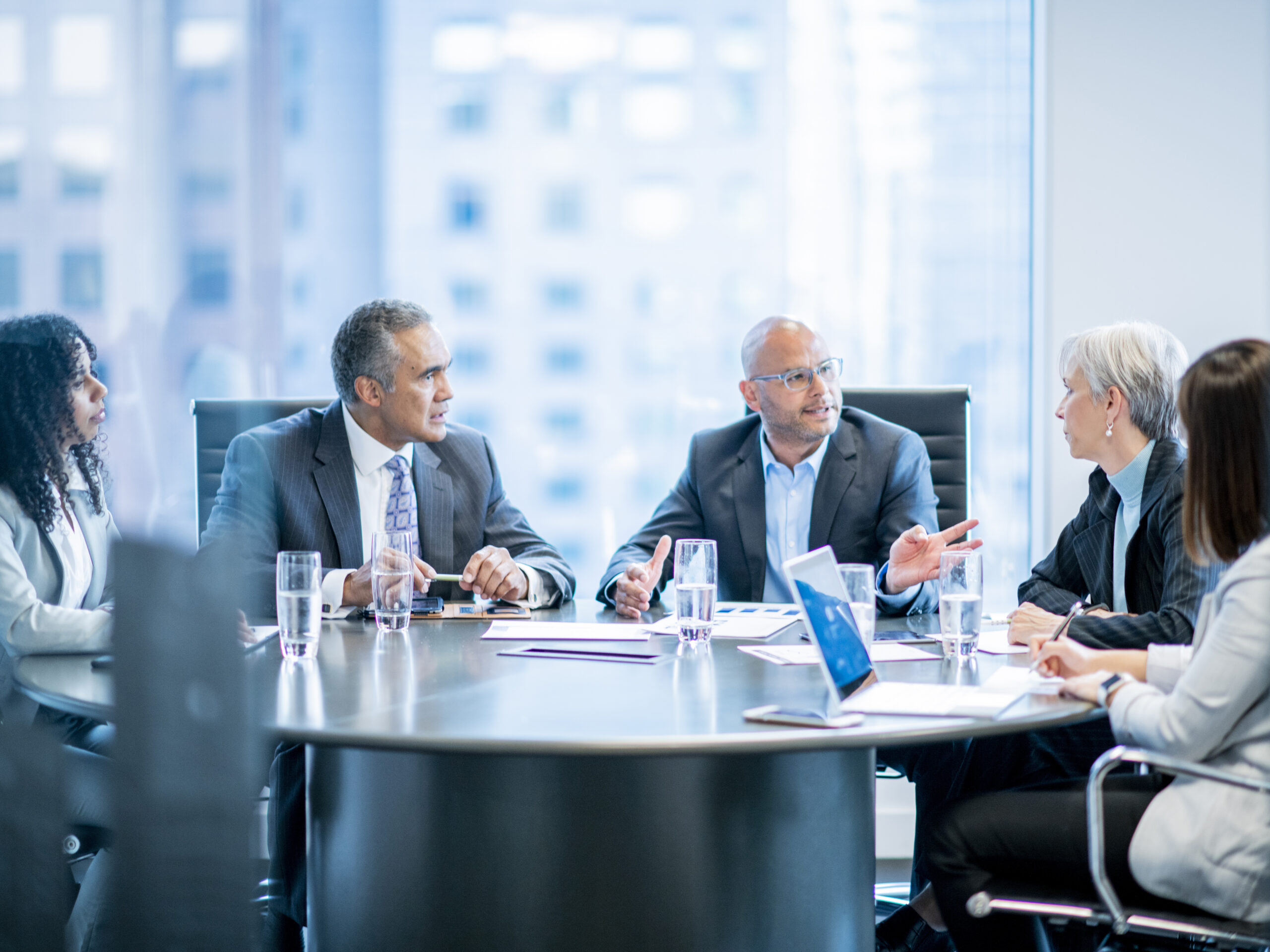Sponsored Content by Nationwide
4 Traits of Insurers Who Are in It for the Long Haul

The commercial D&O market is again in the midst of change. Since the second half of 2022, it has experienced declining rates, all the while seeing defense and settlement costs materially creep up. The current environment is due to several contributing factors, the first being an influx of new market entrants.
“From 2019 through the first half of 2022, the D&O space went through a hard market cycle,” said Camille Chow, Vice President of Public D&O for Nationwide Management Liability & Specialty. “That, juxtaposed with declining frequency in securities class action suits, precipitated an increase in competition, with new entrants coming in to capitalize on favorable market conditions.”
Ensuing economic conditions and the interest rate environment dampened IPOs and de-SPACs, which constricted the source of available new business in the market. This created a skew in the supply and demand for capacity in the D&O space.
“These new entrants still need to earn their premium somewhere, and without the burden of legacy claims, they have the freedom to compete more aggressively on the mature D&O programs, further driving down premiums,” Chow said.
However, a potential uptick in claims frequency going forward could impact the current trajectory of rate reductions.
D&O Claims on the Horizon

Camille Chow, Vice President of Public D&O for Nationwide Management Liability & Specialty
Plaintiffs’ attorneys have long been homing in on broken promises made to investors and Wall Street, going after companies that oversold on their performance, then ultimately fell short on their promises. Other companies have also been sued for not properly anticipating, or reacting fast enough, to evolving macroeconomic conditions.
One other area of concern is the SEC’s impending guidelines regarding environmental, social and governance (ESG) disclosures, whereby companies would be held to a more in-depth and laborious process in disclosing their ESG practices.
“These updated disclosure requirements could be more costly and burdensome for public companies to adhere to, and leaves the door open for shareholders to go after them,” Chow said. “It wouldn’t come as a surprise to see an uptick in future D&O claims stemming from this.”
And lastly, rising defense costs and increased settlement values continue to drive up overall claims severity.
Given these looming risk factors, Chow anticipates that rate declines will begin to moderate at some point.
“It’s just a matter of timing. We still anticipate declining rates going into next year, but there ultimately needs to be inflection point,” she said.
The Value of Consistency Through Market Cycles
What does this mean for buyers of D&O insurance? In any market, rate volatility can unveil players who are committed to the space, while those who come and go with market cycles only capitalize on periods of profitability. These opportunistic carriers often lack the experience that’s ultimately necessary to truly understand the sector they’ve entered. To ensure not only adequate coverage but also excellent service and market insight, risk managers need a carrier with longevity and demonstrated commitment to the commercial D&O space.
“At Nationwide, we are consistent in our underwriting appetite. When we enter a partnership, we make sure that we want to be in it for the long term so there are no surprises, either on our trading partners’ end or on our insured clients’ end,” Chow said.
That consistency is enabled by four key factors:
1. Disciplined Underwriting
Disciplined underwriting and risk selection provide a buffer against market shifts. Especially in today’s economic environment, thorough analysis of a company’s D&O exposures is critical to ensuring appropriate coverage for the insured, without threatening the long-term financial health of the carrier.
“We make sure to ask the right questions. What are the financial, operational, and governance-related risks that we need to be looking out for with any individual insured?” Chow said.
Underwriters also scrutinize a company’s financial metrics from multiple angles. Insureds are compared against industry peers to determine if their projections are reasonable.
“If a company’s projections are significantly out of line in comparison to industry peers, it begs taking a closer look at the numbers,” Chow said. “A lot of it is reading between the lines and maintaining a nuanced approach with each risk.”
2. Portfolio Diversification
Portfolio diversification ensures that Nationwide can stay committed to even complicated risks over the long term. A mix of risk levels and industry classes is designed to ensure that no single adverse event will force an exit from the market.
“Within the portfolio, you have large, well-established blue-chip companies that are competitively priced but subject to high severity exposure. To balance this out, we also look for opportunistic attachment plays on other diverse risks that are more richly priced,” Chow said.
“As an underwriting team, we always look at potential losses several years down the road and assess overall premium adequacy of the portfolio as a whole, so we can withstand volatility and maintain the same financial standing and strength in this market.”
3. Collaboration with the Claims Team
Underwriting decisions involve input from the claims team as well.
“When undergoing the underwriting process, we confer with claims on any outstanding suits and developing trends. If a claim already exists, how is it progressing to-date? Conversely, claims adjusters also confer with underwriting for context on the breadth and history of our relationship with a client,” Chow said.
“We make sure to keep the lines of communication open between claims and underwriting. The accessibility of real-time updates is crucial in facilitating informed decision-making for both underwriters and claims adjusters.”
4. Seasoned Leadership
A seasoned and consistent leadership team also enables Nationwide to make informed, forward-thinking decisions. Deep knowledge of D&O market dynamics, industry trends and long-standing client relationships only come from commitment to the space. Many of Nationwide’s management & professional lines executives have been with the company for more than a decade.
“There is value in understanding the historical context behind portfolio decisions and the customer and broker relationships we’ve maintained over the years. We can really lean in and leverage the goodwill and trust we’ve built up during our tenure at Nationwide,” Chow said.
Regardless of what the coming months and years will bring, prudent and experienced carriers like Nationwide are in the management liability market to stay.
To learn more, visit https://www.nationwide.com/business/insurance/management-liability-specialty/.
About Nationwide
AM Best Rated A+ XV | S&P A+ | Fortune 100 Company
Products underwritten by Nationwide Mutual Insurance Company and Affiliated Companies. Not all Nationwide affiliated companies are mutual companies, and not all Nationwide members are insured by a mutual company. Home Office: One Nationwide Plaza, Columbus, OH. Nationwide, the Nationwide N and Eagle, and other marks displayed on this page are service marks of Nationwide Mutual Insurance Company, unless otherwise disclosed. © 2023 Nationwide Mutual Insurance Company.
![]()
This article was produced by the R&I Brand Studio, a unit of the advertising department of Risk & Insurance, in collaboration with Nationwide. The editorial staff of Risk & Insurance had no role in its preparation.










